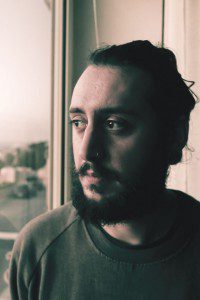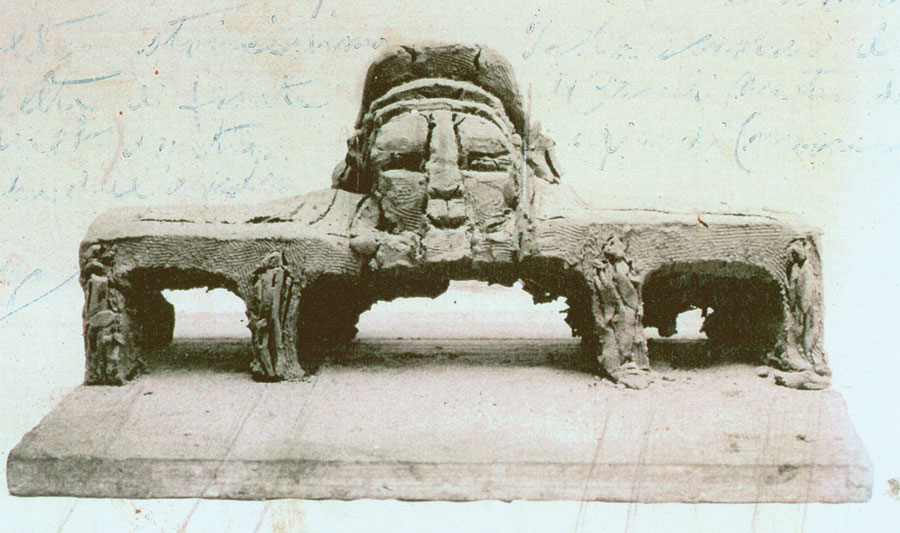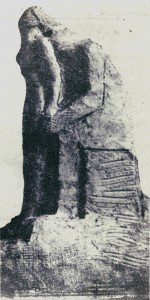Digital technology opens up new possibilities for the visual arts. It allows artists to go beyond the traditional constraints of art. Sculpture is a centuries-old tradition reliant on the relationship between the artefact, and its material and space around it. In the past, sculpture was confined to being a physical act; it produced three-dimensional tangible objects that had little to do with the digital world.

But this is just one side, if you would forgive the pun, to sculpture. Sculpture can be viewed as a mental process. It is the act of remediating things, or rather reassigning meaning to objects. Marcel Duchamp’s infamous sculpture ‘Fountain’ (1917) is perhaps a perfect example of this. Meaning is a social and cultural construct created through interactions by people with the objects and their environment. Since meaning is fabricated by society, then it stands to reason how the same objects have held multiple interpretations through time.
Matthew Galea (supervised by Dr Vince Briffa) explored these social and cultural constructs to create novel artworks. To do so, he employed skills from different disciplines including drawing, painting, sculpture, music, and the other performing arts. But instead of expressing them individually he fused them into one art form. The various art forms could be experienced collectively, for example, as a musical instrument, or a painting, or even through movement.
The multidisciplinary approach also allowed Galea to investigate chemistry and physics as ways of generating content and engaging with the artefact. Galea produced an art installation that made use of the night sky, which itself has held multiple interpretations by humankind throughout time. The artwork transformed movement into audio and visual content.
Thanks to his research, Galea helped show how hyperdisciplinary artefacts that fuse various art forms are possible through digital technology. Computers can transform data into an image, audio, or text. Software can transform anything. Digital technology can enhance artworks’ interactivity with the audience, making visitors part of the artwork.
To see the project’s outcome visit the website.
This research was performed as part of a Master of Fine Art in Digital Art which Matthew Galea completed at the Faculty of Media and Knowledge Sciences (MaKS), University of Malta. It is partially funded by Master it! scheme. This scholarship is part-financed by the European Union—European Social Fund (ESF) under Operational Programme II—Cohesion Policy 2007–2013, ‘Empowering People for More Jobs and a Better Quality of Life’.



